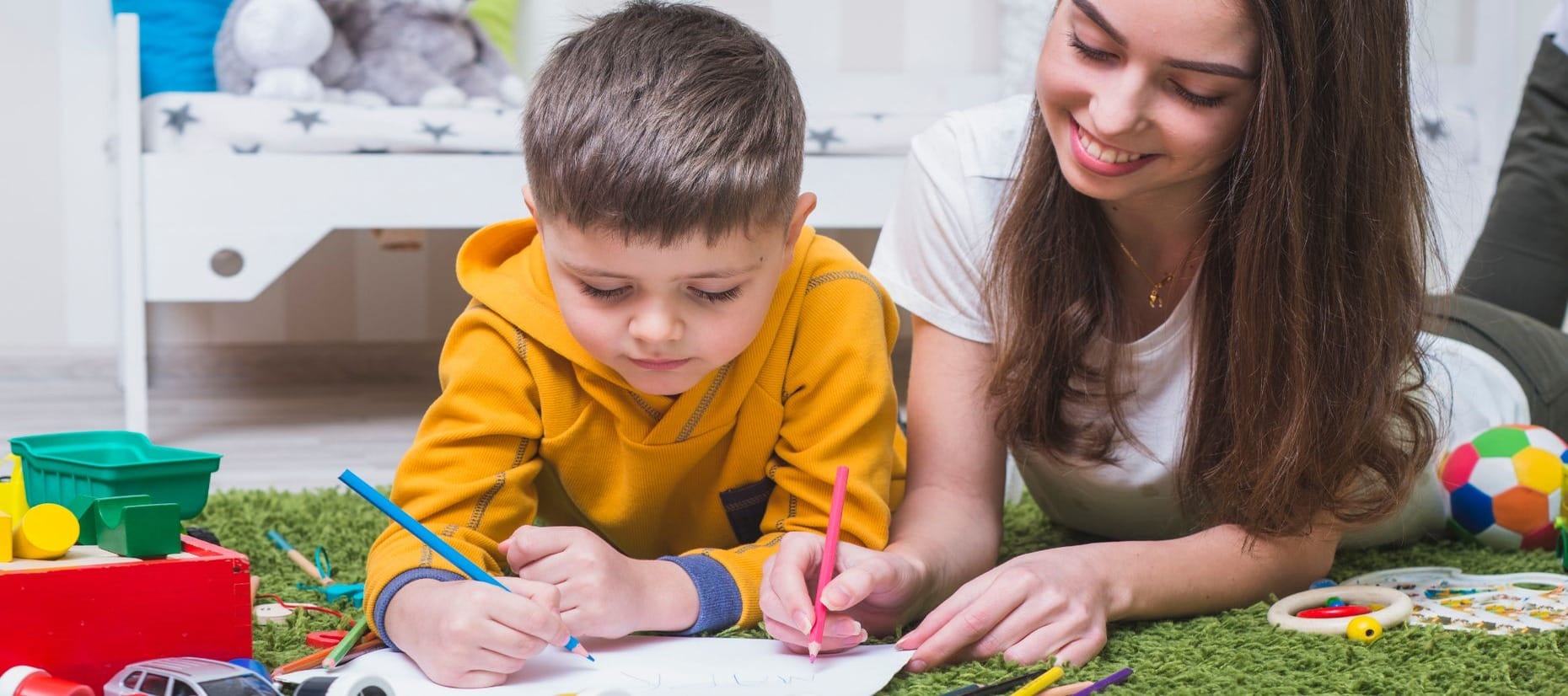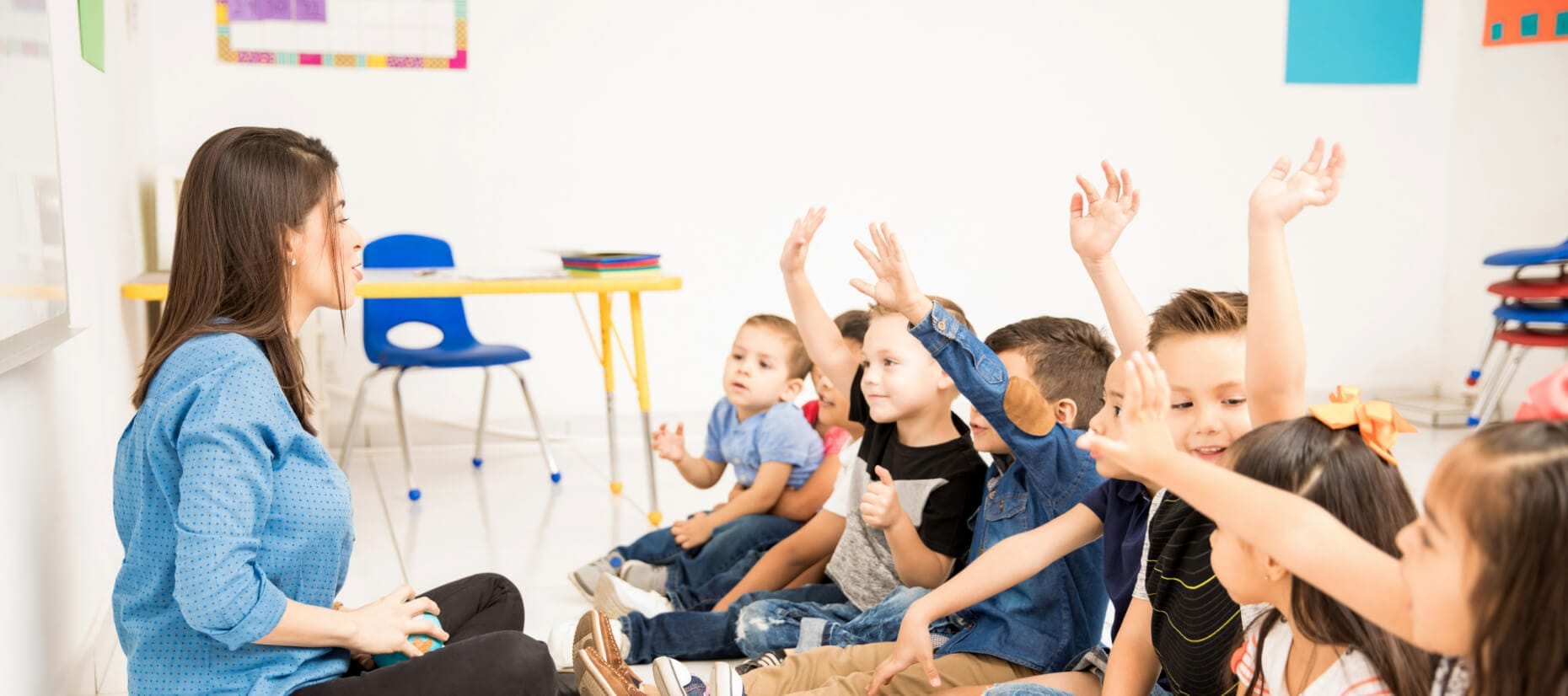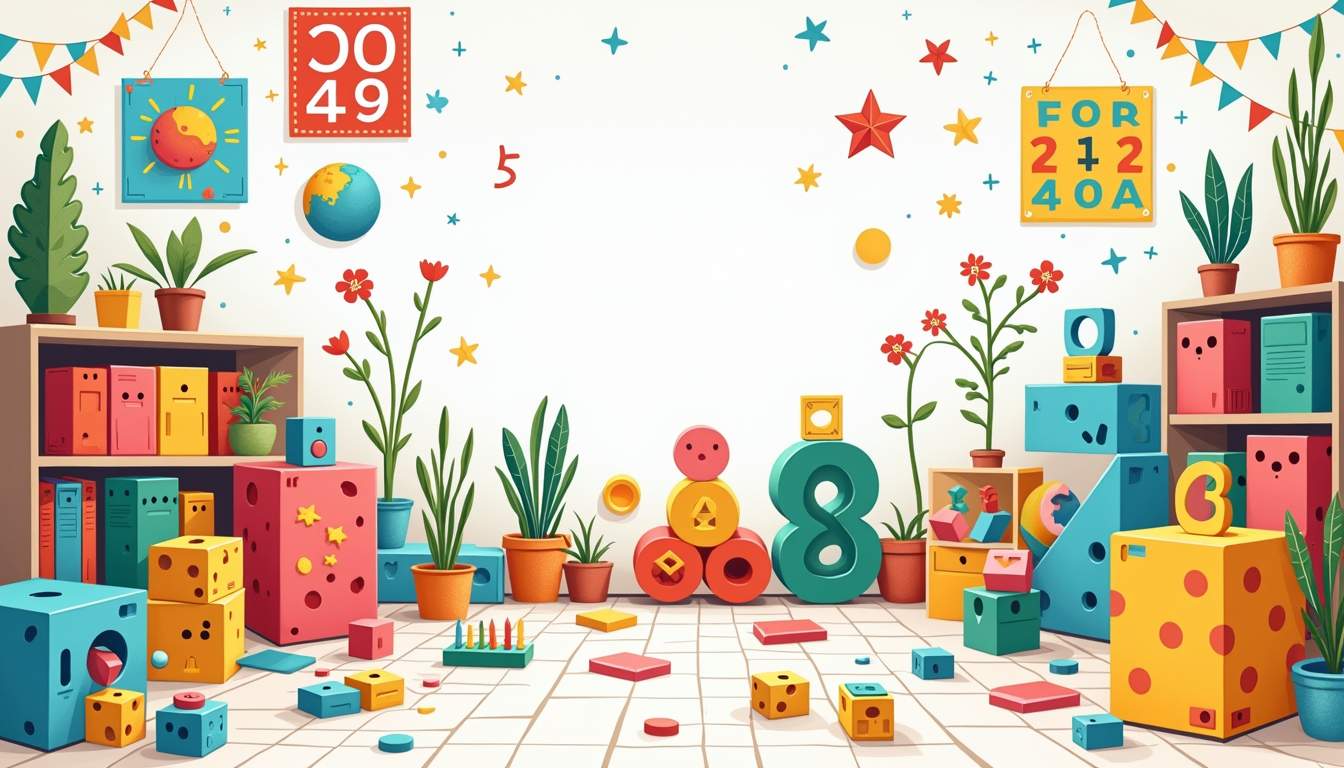Introduction
In today’s rapidly changing world, developing critical thinking skills in young learners is more important than ever. But how do we teach children to think critically when they’re still learning about the world around them? Encouraging critical thinking early in life can give children the tools they need to analyze situations, solve problems creatively, and make informed decisions.
In this article, we’ll explore ways to foster these essential skills in children, both at home and in the classroom.
What is Critical Thinking?
Defining Critical Thinking
Critical thinking is the ability to think clearly, rationally, and independently. It involves questioning assumptions, analyzing evidence, and making reasoned conclusions. For young learners, critical thinking might look like asking “Why?” often or figuring out how to solve a puzzle without direct instructions.
Why Critical Thinking Matters for Young Learners?
Building critical thinking skills helps children develop cognitive abilities that they will rely on throughout their lives. These skills allow them to process information more effectively, make sense of new challenges, and adapt to a world that’s constantly evolving.
Why Critical Thinking is Crucial for the Future
Problem Solving and Adaptability
Critical thinking equips young learners with problem-solving tools they can apply to various situations. Whether it’s figuring out how to complete a task or navigating social interactions, children who think critically are more adaptable and resourceful.
The Role in Academic and Personal Success
Critical thinking is not only essential in the classroom but also plays a significant role in personal development. Young learners who develop critical thinking skills tend to perform better academically and handle life’s challenges with more resilience.
How Early Can Children Begin Developing Critical Thinking Skills?
Developmental Stages and Critical Thinking
Critical thinking can begin as early as toddlerhood. At this stage, children are naturally curious, and their brains are developing rapidly. While critical thinking may look different for younger and older children, age-appropriate activities can help foster this skill.
Age-Appropriate Critical Thinking Activities
For younger children, critical thinking can be encouraged through simple problem-solving games like sorting objects by color or shape. As they grow older, more complex activities, such as puzzles or strategy games, can further develop their ability to think critically.
Characteristics of a Critical Thinker
Curiosity and Open-Mindedness
Critical thinkers are naturally curious. They ask questions, explore different possibilities, and aren’t afraid of uncertainty. Encouraging curiosity in young learners helps them keep an open mind, which is essential for critical thinking.
Self-Reflection and Problem-Solving Skills
Critical thinkers take the time to reflect on their decisions and evaluate different solutions to problems. Helping children assess their thought process and outcomes fosters both self-awareness and critical thinking.
Encouraging Critical Thinking at Home
Creating a Question-Friendly Environment
At home, parents can encourage critical thinking by fostering an environment where questions are welcomed and explored. Instead of giving direct answers, parents can ask children to think about possible solutions or come up with their ideas.
Encouraging Curiosity in Daily Activities
From grocery shopping to cooking dinner, daily activities offer countless opportunities to encourage critical thinking. Simple tasks, like asking children to estimate the number of items in a basket or how to measure ingredients, can build critical thinking skills.
Fostering Critical Thinking in the Classroom
Project-Based Learning
Project-based learning allows children to explore topics independently and critically. This method involves giving children a problem or topic and allowing them to come up with their solutions, often working in groups to learn collaboratively.
Engaging Children in Group Discussions
Group discussions encourage children to think critically by considering different perspectives. Teachers can foster a classroom environment where children feel comfortable sharing ideas, asking questions, and evaluating different viewpoints.
Techniques to Nurture Critical Thinking in Young Learners
Open-Ended Questions
Asking open-ended questions that don’t have a single correct answer encourages children to think critically. For example, instead of asking “What is 2 + 2?”, ask “How many different ways can you make 4?”
Encouraging Children to Ask “Why?”
Children are naturally inquisitive, and asking “Why?” is a great way to foster critical thinking. Rather than providing quick answers, encourage children to dig deeper into their questions and explore the reasons behind their queries.
Promoting Problem-Solving Activities
Problem-solving activities like puzzles, brain teasers, and strategy games promote critical thinking. These activities challenge children to think outside the box and evaluate different methods for finding solutions.
Games and Activities That Promote Critical Thinking
Puzzles and Brain Teasers
Puzzles are an excellent way to develop critical thinking skills in young learners. They encourage children to think logically, test different solutions, and develop persistence when faced with challenges.
Strategy-Based Games
Games like chess, checkers, or board games that require strategic thinking can help children develop patience, foresight, and critical thinking. These games allow young learners to evaluate different moves and consider consequences.
The Role of Teachers and Parents in Developing Critical Thinking
Supporting Critical Thinking at School
Teachers play a vital role in nurturing critical thinking by creating learning environments that challenge children to think deeply about what they are learning. Critical thinking should be incorporated into lessons across all subjects.
Partnering with Parents for Consistent Development
Parents and teachers working together ensure that critical thinking is reinforced at home and in school. Parents can support school learning by engaging in discussions about what their children are learning and encouraging further exploration.
Mistakes to Avoid When Encouraging Critical Thinking
Over-Guiding the Learning Process
Over-guiding children can stifle their natural curiosity and critical thinking development. It’s important to strike a balance between providing guidance and allowing children the freedom to explore and make mistakes.
Discouraging Creative Problem Solving
It’s tempting to give children the “right” answer, but this can discourage creative thinking. Allowing children to come up with their solutions—even if they aren’t perfect—helps them develop confidence in their critical thinking abilities.
Incorporating Technology for Critical Thinking
Educational Apps and Tools
Educational apps that promote problem-solving and analytical thinking can be excellent tools for developing critical thinking. However, it’s crucial to choose apps that are age-appropriate and encourage active engagement rather than passive consumption.
Online Resources for Building Critical Thinking Skills
Many online platforms provide resources, games, and activities that challenge children’s critical thinking. These platforms can supplement traditional learning and introduce new ways for children to explore topics and problem-solving techniques.
The Importance of Reflection and Self-Assessment
Teaching Children to Reflect on Their Thought Process
Encouraging children to reflect on their decisions helps them understand how they arrived at conclusions. Reflection promotes self-awareness and critical thinking as children evaluate their approaches to problems.
The Role of Journaling and Self-Evaluation
Journaling is an excellent tool for self-reflection. Encouraging young learners to write about their experiences, challenges, and thoughts helps them process their learning and improve their critical thinking over time.
Overcoming Challenges in Developing Critical Thinking Skills
Addressing Short Attention Spans
Young learners often have short attention spans, making it challenging to engage them in activities that require critical thinking. Breaking tasks into smaller steps and providing frequent breaks can help sustain their focus.
Dealing with Frustration and Overwhelm
Children may become frustrated when they encounter difficult problems. It’s important to encourage perseverance and remind them that making mistakes is a natural part of learning and critical thinking development.
Conclusion
Critical thinking is an essential skill that should be nurtured from an early age. By creating environments where curiosity is encouraged, problems are explored, and mistakes are seen as learning opportunities, we can help young learners develop into confident, critical thinkers. Whether at home or in the classroom, there are many ways to foster critical thinking skills that will serve children throughout their lives.
Latest Posts

How to Make Math Exciting for Early Learners (K-2)
Discover creative strategies and engaging activities...
Read more
Enhancing Early Childhood Cognitive Development Through Play
Discover how play fosters creativity, problem-solving,...
Read more
Boosting Confidence in Children: Practical Tips for Parents
Discover practical tips to help boost...
Read more
The Role of Technology in Modern Kids’ Education
Explore how technology transforms kids’ education,...
Read more
Related post
-

Innovative Techniques for Enhancing Preschoolers’ Mathematical Abilities
With colorful images and captivating themes, children will delight in the challenge of matching pictures, fostering cognitive development and problem-solving…
Read more -

How to Choose the Right Preschool for Your Child: A Comprehensive Guide for Parents
In this guide, we’ll walk you through everything you need to know about how to choose the right preschool for…
Read more -

How to Make Math Exciting for Early Learners (K-2)
Discover creative strategies and engaging activities to transform math into an exciting adventure for young learners in kindergarten through second…
Read more









